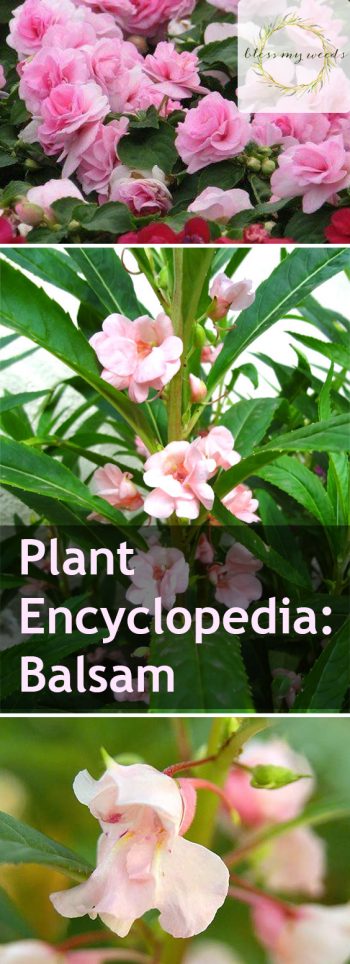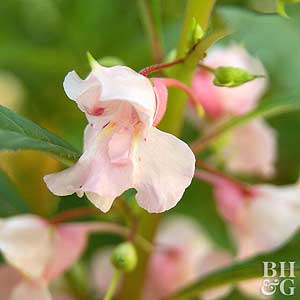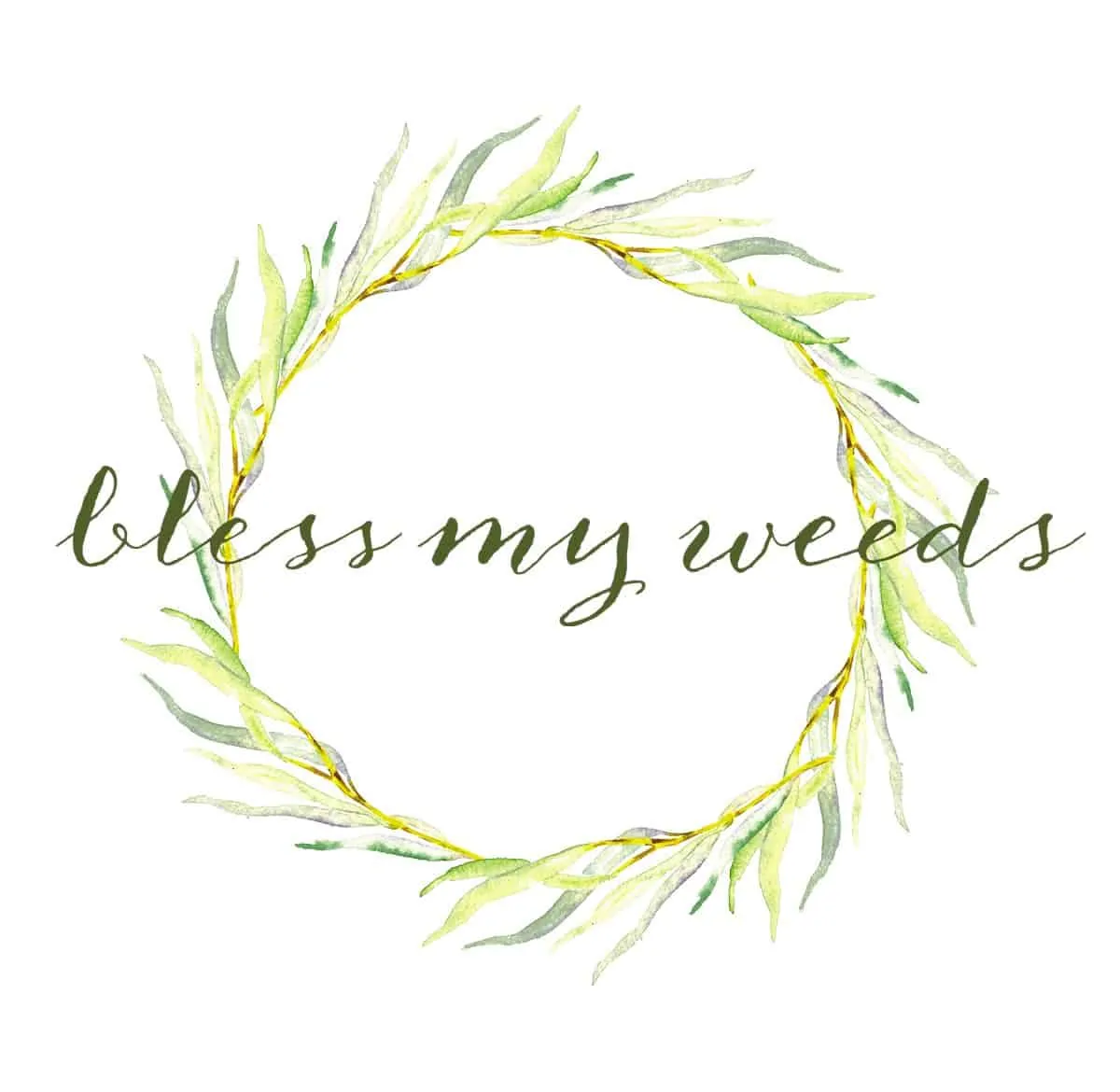
Plant Care Basics
Contents
Make your flower garden look great with this simple flower gardening ideas. Balsam is a great addition to your flower garden, and a great flower for beginner gardeners!
 Grow Zone Recommendation: As an annual, balsam adds a bit of an exotic flair to any garden in USDA zones 3 to 10.
Grow Zone Recommendation: As an annual, balsam adds a bit of an exotic flair to any garden in USDA zones 3 to 10.
Sunlight Needs: For best results gardening with balsam, plant them in locations that will be somewhat shady, at least from the afternoon sun.
Watering Needs: Balsam requires moist (not wet), but well-drained soil. Water your plants at least weekly during dry periods.
Average Size: Fully grown, balsam grows from 1 to 3 feet tall and 1 to 2 feet in width.
Foliage Color: The foliage is an emerald green. The trumpet-shaped blooms appear fall and summer, in colors of white, pink, red, or blue, depending on variety.

Leave a Reply